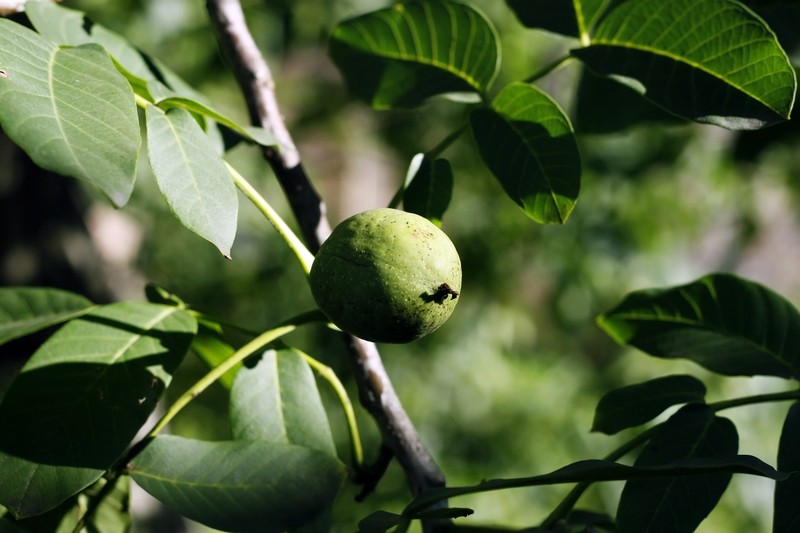Some of the loveliest trees in the world are also some of the biggest hassles for someone planning a garden on the same property. Sure they provide much to survivalists, but they can deter you from building a survival garden. Check out what we mean below.
- Black Walnut
One of America’s most valuable and beautiful native trees, black walnuts are sought after for their use in furniture. For home planting, however, black walnut trees produce a lot of pollen and hard flesh-covered seeds that may just drive you nuts when they litter your yard in the fall. Worse yet, however, are the toxins secreted by this tree that can pretty much wipe out nearby flower beds and vegetable gardens.- Bradford Pear
The Bradford pear tree became a favorite of developers due to its ability to create instant shade and grow quickly. The tree produces beautiful white flowers in the spring, but has more than its share of issues. Among them, the fact that the fast growth of the tree leads to weak wood that can be a hazard during storms or windy conditions. Furthermore, the beautiful blossoms are actually quite high on the stench scale.- Eucalyptus
Native to Australia, eucalyptus trees were imported and favored in America for their rapid rate of growth. In fact some varieties can grow up to ten feet in a single year. Unfortunately, eucalyptus can be a bit of a maintenance nightmare due to its seasonal shedding of its bark. Large sticky branches are also known to suddenly drop off and come crashing to the ground (or whatever else happens to be below them).- Leyland Cypress
Leyland cypress trees grow very quickly, up to 5 feet vertically per year. They also thicken well to essentially create a living privacy fence. Unfortunately, they require a great deal of trimming and maintenance to keep them healthy. As they get taller, they become increasingly likely to uproot during storms or windy conditions, but that is not the worst of their characteristics… The center of the tree can become a dry, twiggy fire hazard, so much so that they are now advised against in many areas.- Mulberry
Mulberry trees are amazing shade trees. In fact, they can shade areas so efficiently that grass and other plants underneath them have about no chance of survival! Furthermore, the fruits of a mulberry tree can get quite messy and lead to highly invasive seeding. Mulberry trees also tend to develop a lot of large and extremely shallow roots.- Quaking Aspen
If you were to ask a horticulturist whether you should plant a quaking aspen in your landscape, you’d likely get a response of “Well, you could… but…” These trees are beautiful, grow quickly, and have gently vibrating leaves which turn a beautiful bright yellow in the fall. The downsides of these trees is that they tend to have shallow roots that shoot up obnoxious sprouts. While the root system of quaking aspens can be invasive and near impossible to keep underground or eradicate once established, the trees themselves are not likely to last terribly long.
Speaking from experience, you certainly don't want quaking aspen anywhere near your property. Why is that? The trees grow like weeds once established and of course will refuse to grow anywhere you actually want them to grow.
The other one you definitely don't want growing near your vegetable garden is the black walnut because of the toxins it leaches into the soil.
These toxins won't harm humans, of course, they just make it much more difficult for other plants to grow; a sort of survival mechanism to ensure the tree gets all the nutrients in the area.
On top of that, you have to pick up all the giant green nuts before you mow, which can get tedious.
For more ideas on plants and trees you should avoid on your homesteading property, check out Home and Gardening Ideas.

More stuff on survivor ok? who agrees?
Wrong survivor